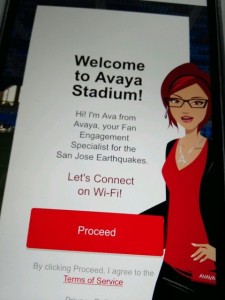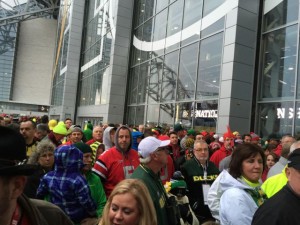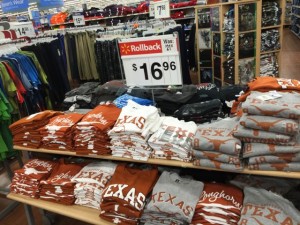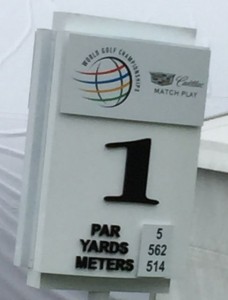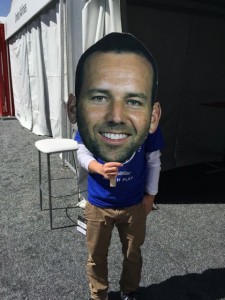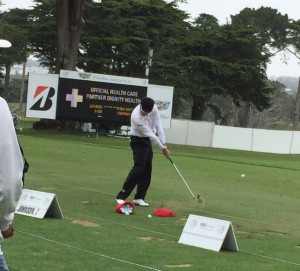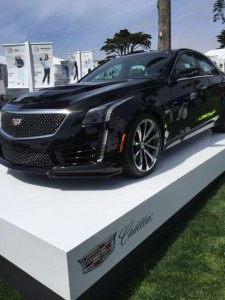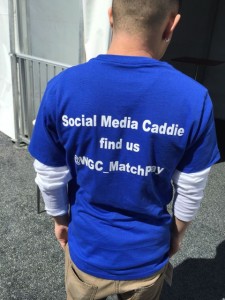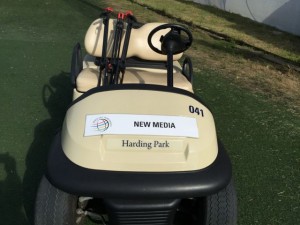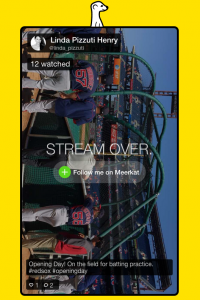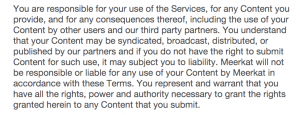It looks like we have an early leader in the (unofficial) college football Wi-Fi usage race, as the University of Nebraska folks are claiming that fans at Memorial Stadium in Lincoln, Neb., used 4.2 terabytes of Wi-Fi data during the Huskers’ Sept. 12 victory over South Alabama.
Thanks to Chad Chisea, IT operations manager for the Huskers and Dan Floyd, Nebraska’s director of IT for athletics, we’ve got some stats and tweets to share — of the 4.2 TB, approximately 3.0 TB was downloaded data and 1.2 was uploaded, according to network stats sent to us via email. But if you look at the embedded tweet below, the numbers that really jump out at us are the 34,439 unique connected devices and the 28,290 peak connections at a single time — those are numbers that rival anything we’ve seen in NFL stadiums, and are dwarfed only by Super Bowl or college playoff championship game numbers.
The greatest fans in college football are also among the most well connected.#GBR #Huskers pic.twitter.com/sYRdH6SDft
— Nebraska Huskers (@Huskers) September 16, 2015
With 89,822 in attendance to watch Nebraska whup up on South Alabama 48-9, it’s perhaps no surprise that there are pro-type numbers being put up on the Wi-Fi scoreboard. With a top deployment from Cisco and CDW put in last year, the Memorial Stadium Wi-Fi should be on par with any other large football stadium, and so far the numbers from Nebraska look to be proof of that idea. The Huskers also seem to have a good handle on promoting the Wi-Fi network, as witnessed by the two tweets below that direct fans to the network and let them know they also have game-day help available.
Coming to Memorial Stadium today?
Be sure to connect to FanXP WiFi and have the latest version of the #Huskers App. pic.twitter.com/nodNhEXz9A
— Nebraska Huskers (@Huskers) September 12, 2015
Stadium Wi-Fi questions? Look for our Huskertech crew to help keep you in the game. #Huskers #UNL #GBR pic.twitter.com/pYqrOM922V
— UNL ITS (@UNL_ITS) September 5, 2015
We’re looking forward to getting some hard stats from other top college venues — so far we’ve heard anecdotal evidence that the fiber-based network at Texas A&M’s Kyle Field is rocking, but no numbers yet — so send them our way, and let’s see how the stadium networks stack up. Right now it’s Big Red in the lead, but if DAS numbers from AT&T are any indication, there is lots more data being used this year in stadiums so let’s start adding up the scores.
The free WiFi at Kyle Field is SOO FAST. May start uploading our YouTube videos on Saturdays. #WellDoneAgs
— Dude Perfect (@DudePerfect) September 12, 2015
